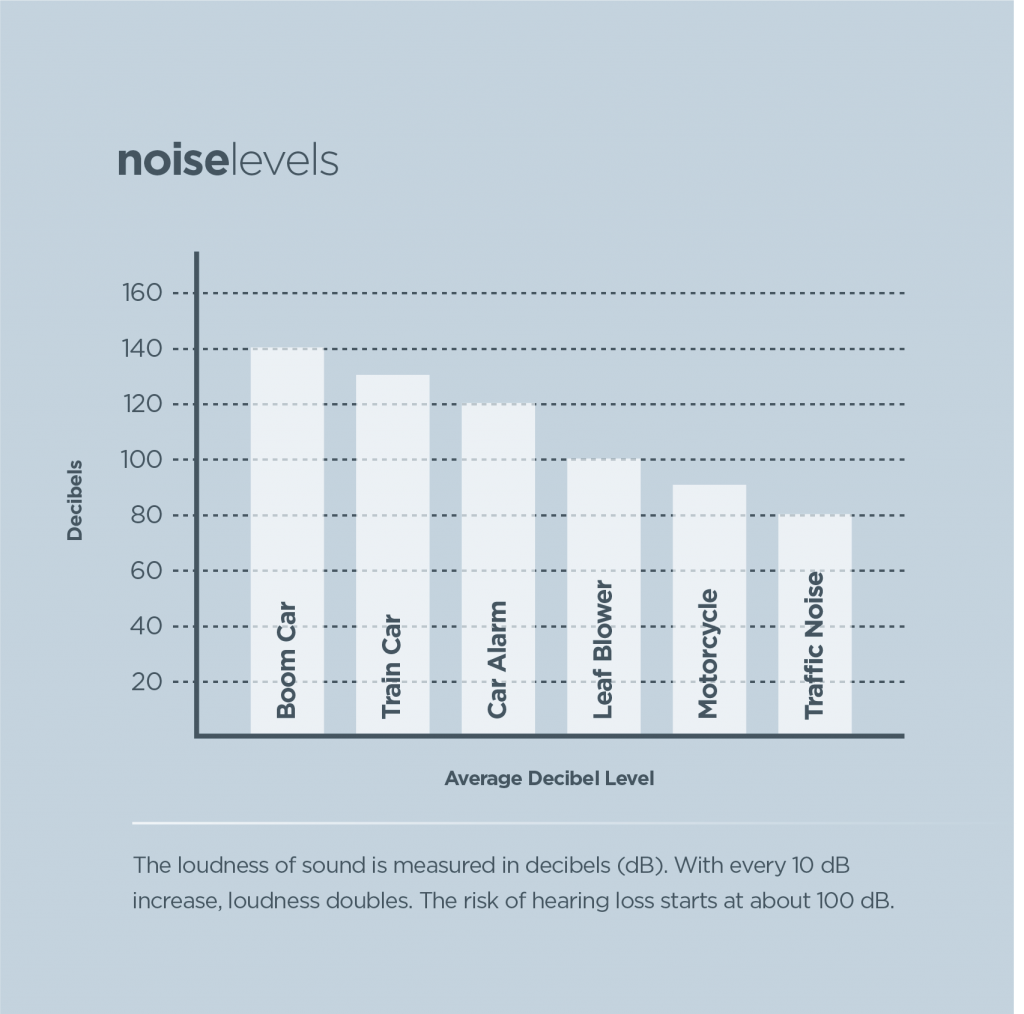The Very Best Pressure Cleaning Strategies For Every Single Surface
The Very Best Pressure Cleaning Strategies For Every Single Surface
Blog Article
Content Writer-Hyde Vincent
When it comes to pressure washing, the strategy you choose can make all the distinction in attaining a tidy, streak-free surface. You could locate that hard surface areas, like concrete, need a various approach than softer materials, such as wood or plastic. It's vital to adapt your methods to the surface type to stop damage while taking full advantage of cleaning efficiency. So, what are the very best strategies for each surface area, and exactly how can you guarantee you're utilizing the appropriate setups and tools for the task? Let's explore what you need to understand to get the best outcomes.
Difficult Surface areas
When it pertains to push washing hard surfaces, preparation is key. Prior to you even think of taking out the pressure washer, make the effort to clear the area of any kind of debris, furnishings, or barriers. You do not desire anything getting in your method or potentially harmful your tools.
Next off, check the surface area for any cracks or damage; this will certainly assist you establish the right method and pressure settings.
As soon as you have actually prepared the location, it's essential to choose the ideal nozzle. For hard surface areas like concrete or block, a slim nozzle (15 or 25 levels) functions best to give a concentrated stream of water that can properly eliminate grime and spots. Always begin at a distance and gradually move more detailed to stay clear of any kind of surface area damage.
As you begin cleaning, keep the wand relocating to avoid streaks and over-saturation. It's also useful to function from the top down, permitting dirt and debris to wash away normally.
Finally, keep in mind to wash the surface area extensively after cleaning to remove any type of remaining cleaning agent. With these techniques, you'll achieve a tidy and refreshed appearance on all your difficult surface areas.
Soft Surfaces
Stress cleaning soft surface areas needs a gentler method to shield them from damages. Whether you're cleansing your deck, patio furnishings, or exterior siding, making use of excessive pressure can result in dents, scratches, or even irreparable harm.
Beginning by choosing a low-pressure nozzle, preferably a 25-degree or wider spray pattern, to distribute the water extra delicately.
Before you start, it's important to pre-treat any stains with an appropriate cleansing option. This step allows the cleaner to pass through the dirt and gunk, making it easier to get rid of without rubbing also hard.
Always use best window cleaner from the bottom as much as avoid spotting.
When you start pressure washing, keep a distance of at the very least 12 to 18 inches from the surface area. Move your wand in a sweeping movement, maintaining it alongside the surface area to stay clear of concentrated stress on one area.
Wash the location extensively after cleaning to remove any type of residual cleaner.
Lastly, check the surface for any missed places and duplicate the procedure if required. By following these steps, you can effectively clean soft surfaces while maintaining their honesty and appearance.
Specialty Surfaces
Cleaning soft surface areas needs care, however specialty surface areas demand much more interest to detail. When you tackle these surfaces, like delicate wood, tarnished concrete, or certain types of exterior siding, using the appropriate pressure cleaning techniques is crucial to stay clear of damage.
First, evaluate the material. As https://www.thesun.co.uk/motors/18545194/top-10-viral-cleaning-hacks-for-your-car/ , treated wood can frequently withstand modest stress, yet softer woods like cedar may require a reduced setting. Constantly begin with the most affordable pressure and progressively enhance if essential.
For discolored concrete, utilize a follower spray nozzle and preserve a consistent range to prevent etching the surface.
When handling surfaces like plastic siding or repainted surface areas, a broad spray pattern assists disperse the pressure equally, shielding the surface.
It's additionally important to utilize detergents specifically designed for specialized surface areas. They can improve cleansing without compromising the product.
Rinse extensively after washing to remove any kind of deposit, as it can cause discoloration or deterioration over time.
Conclusion
To conclude, understanding pressure washing methods for different surface areas can make all the distinction in your cleansing results. For difficult surface areas, stick to narrow nozzles and a top-to-bottom technique, while soft surface areas need a gentler touch with larger nozzles. Don't fail to remember to pre-treat discolorations and rinse completely to avoid residue. By adapting your methods per product, you'll not only achieve a cleaner finish however also protect the integrity of your surfaces. Delighted cleaning!
